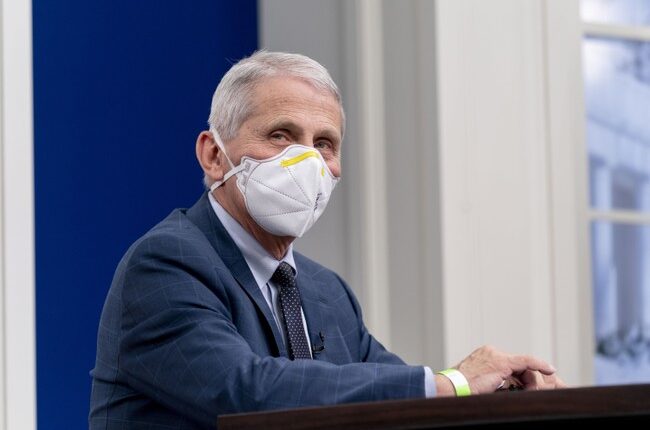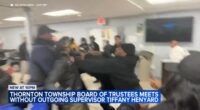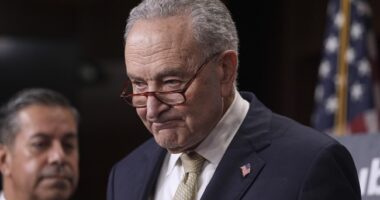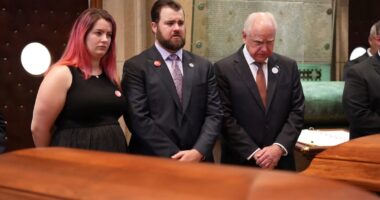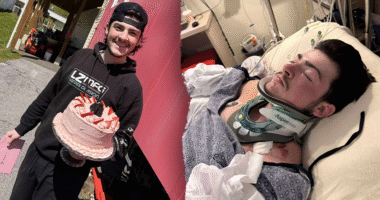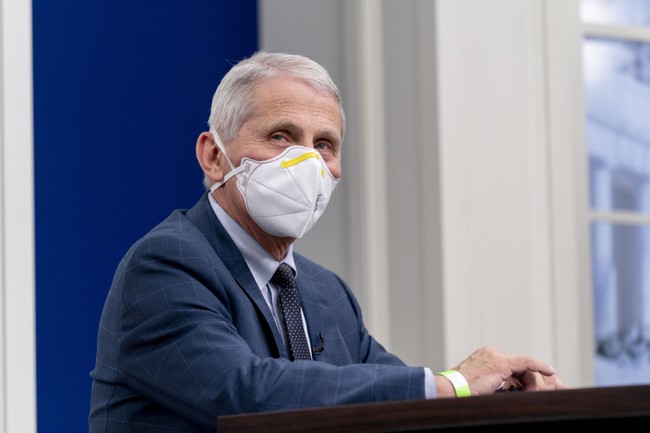
I’ve experienced many ridiculous moments similar to those described above. Once, a woman yelled at me because I wasn’t wearing a mask while being 50 yards away from her in a park. On another occasion, a couple reprimanded me for not covering my face while walking my dog, even though their own faces were hidden behind cloth masks. They feared I was risking their health by potentially exposing them to COVID germs.
Shortly before airlines relaxed their mandatory mask policies, a flight attendant confronted me aggressively, asking if we were going to have an issue. My offense was wearing my mask slightly below the designated level enforced by COVID mask regulations.
What led to this extreme and almost cult-like behavior? Who should bear the responsibility for it? Many individuals took on god-like roles and negatively impacted lives. Fauci and his associate Deborah Birx are partly to blame for spreading misinformation, manipulating facts, and proposing ineffective measures. Medical professionals who dared to question these mandates or the effectiveness of certain measures faced threats of losing their jobs if they didn’t comply. Among the list of real-life villains, leaders of teacher unions, notably Randi Weingarten, stand out. Weingarten and others abused their power within the unions to force school closures, resulting in children being confined to remote learning, staring at screens while teachers conducted lessons from their bedrooms in pajamas.
Senior citizens were locked away, and many died alone, unable to see their families as they took their last breaths. Heathcare professionals offered hollow assurances that it was “for the best.” Of course it wasn’t. Too much of it was built on dubious science or outright lies.
A new book offers some compelling reasons for who was responsible, and why it happened.
David Zweig’s book titled “An Abundance of Caution” is an exhaustive study of how and why public policy was often shaped, not by “bad data” or faulty science, but by no data. The CDC was responsible for forcing Americans into a 6-foot distancing regime. The media played that as a hard and fast “rule.” The media sold that as a thing that would save lives. One could not walk into a business without that “thing” being pushed as “science.” Round red “6 feet apart” stickers were placed in aisles, warning everyone to keep their distance. Was it based on “science”? No, it was not. From Fauci’s Congressional testimony:
Dr. Fauci testified that this guidance — which shut down schools and small businesses nationwide — “sort of just appeared” and was not based on any scientific studies.
Majority Counsel: “Do you recall when discussions regarding, kind of, the at least a 6 foot threshold began?”
Dr. Fauci: “The 6 foot in the school?”
Majority Counsel: “Six foot overall. I mean, 6-foot was applied at businesses—”
Dr. Fauci: “Yeah.”
Majority Counsel: “—it was applied in schools, it was applied here. At least how the messaging was applied was that 6-foot distancing was the distance that needed to be—“
Dr. Fauci: “You know, I don’t recall. It sort of just appeared. I don’t recall, like, a discussion of whether it should be 5 or 6 or whatever. It was just that 6 foot is—”
Majority Counsel: “Did you see any studies that supported 6 feet?”
Dr. Fauci: “I was not aware of studies that in fact, that would be a very difficult study to do.”
Children were kept away from teachers, away from school. Away from learning. Why? “Because we said so” substituted for facts. Zweig recounts a parent’s story:
“We would get notes home with staff expressing frustration that our daughter wouldn’t listen to the teacher via the laptop” The parent said. Remarkably, the girl’s teacher was right down the hall, conducting remote learning from within the building but in a separate room, a practice a number of teachers carried out. “What a joke”, Alison Babb, one of the APE parents said”. (page 267)
While European schools returned to teaching children in person, American schools and teachers’ unions were demanding remote teaching and, once back in school, physical barriers between each student and HEPA filters in every classroom. Was there data backing up these demands? No, but there was a “source”: a 14-year-old girl. The daughter of a man named Robert Glass produced a 2007 computer “model” that claimed that in the event of a pandemic:
‘closing schools and keeping students at home during a pandemic would remove the transmission potention… and would be effective at thwarting its spread within a community’.
The CDC was eager to adopt the Glass model as a standard. The CDC produced two policy reports using Laura Glass’s school project as a basis for closing America down. Using a dearth of hard data, the Glasses concluded that schools “form the backbone” of viral spread in an epidemic. Robert Glass claimed that by closing schools, businesses could stay open. Was this based on data? No, but the CDC used it anyway in two reports.
Contained in the CDC report(s) was a footnote. Zweig dove into the footnote rabbit hole. Six links later, he found the wellspring. The claim was based on nonsense:
“Our assumption is the 37% of transmission occurs in the contexts, with the within-school transmission coefficient being twice that of the within-workplace coefficient. However this choice is arbitrary” (page 25)
American schools were closed, children lost a year of learning, and Americans were denied access to normalcy because someone figuratively threw a dart at a board.
Zweig blames the media. En masse, the media vomited out talking points without questioning if those talking points were fact-based. He also blames healthcare officials for using garbage as a substitute for data. “Garbage in, garbage out.” Of course, he’s right.
Zweig also blames TDS. He notes that at one point, the American Academy of Pediatrics forcefully recommended that schools reopen. When Trump recommended the same thing, the Academy changed direction – U-turning soon thereafter (with the help of teachers’ unions). It became a binary choice. If Trump recommended something or agreed with doctors, it must be “bad” (pages 147-149).
“An Abundance of Caution” is worth the time, but only if you are willing to read about a year-long trainwreck and how “experts” ruined lives. The cover photo features a classroom with desks. Each desk has an opaque barrier. When (some) children were allowed to return to a classroom, they were still alone – imprisoned behind useless “arbitrary” barriers.
I had no trust in the media before reading this book. I had some trust in “experts,” but this book further disabused me of that nugget of trust.
The “experts” didn’t just destroy lives; they took a wrecking ball to any trust I had in their opinions. Perhaps that’s a good thing. Most people will no longer just “trust the experts” because that “expert” might use a child’s model and call it “science.”
